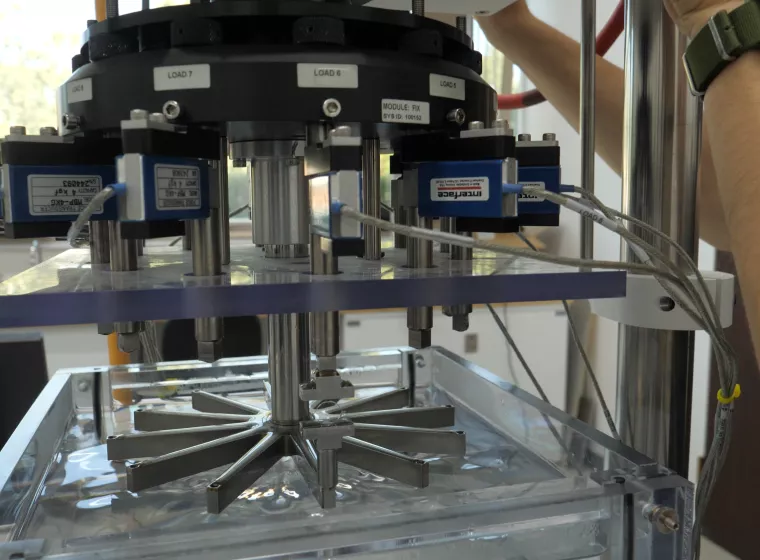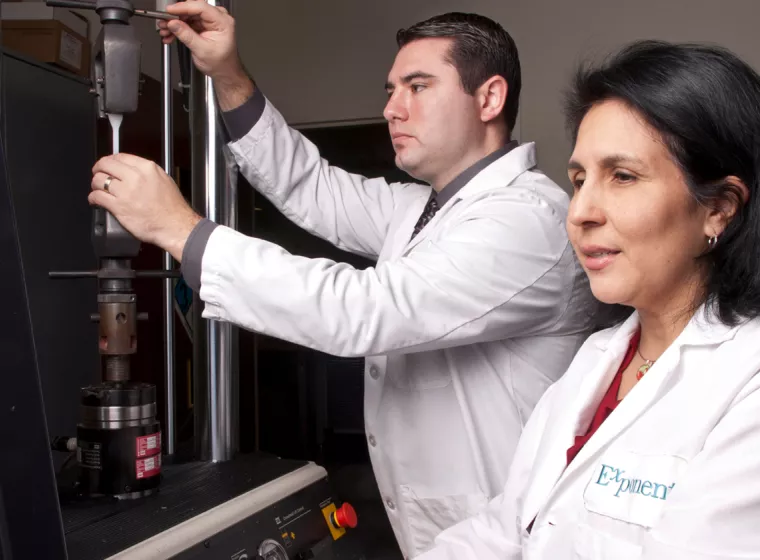September 14, 2023
Moving past "locked" medical algorithms, FDA draft guidance allows for some modifications through predetermined change control plans
A newly released Food and Drug Administration draft guidance outlines marketing submission recommendations for what to include in predetermined change control plans (PCCPs) for devices using artificial intelligence/machine learning (AI/ML), or machine learning-enabled device software functions (ML-DSFs).
Since 2020, FDA has authorized more than 300 AI- or ML-enabled devices. Even as AI and ML functions have become more common in medical device software there are unique aspects to AI/ML software that have yet to be addressed thoroughly in a regulatory framework.
A powerful feature of AI/ML software is that the algorithms can learn over time without being explicitly programmed. This allows the algorithms to improve by learning from real-world data. While this is an advantage of AI/ML software, this feature also raises questions over how device safety and effectiveness can be ensured when software changes are implemented post-market and whether those changes require new marketing submissions.
FDA draft guidance addresses the adaptability of AI/ML-enabled medical devices
The draft guidance describes FDA's current thinking on change control plans for medical device software. A predetermined change control plan (PCCP) can be included in a premarket submission to specify software modifications that could otherwise require a new marketing submission without a PCCP.
According to FDA, a PCCP is a tool to help support iterative improvements in medical device software while still providing reasonable assurance of device safety and effectiveness. A PCCP comprises three components:
PCCP Component 1: Description of Modifications
The Description of Modifications section identifies specific modifications that, conditional on FDA approval of the PCCP, can be implemented without a new marketing submission, including modifications intended to maintain or improve the safety or effectiveness of the device. This means these modifications should be verified and validated and documented in accordance with the manufacturer's quality system.
PCCP Component 2: Modification Protocol
The modification protocol is the protocol that will be followed when developing, validating, and implementing modifications described in the Description of Modifications. There are four essential components in the modification protocol for each proposed modification:
- Data management practices
- Re-training practices
- Performance evaluation
- Update procedures
These components will allow FDA to evaluate the proposed modifications to ensure they abide by good machine learning practices and determine whether the protocols will provide a reasonable assurance of safety and effectiveness.
PCCP Component 3: Impact Assessment
The impact assessment is the benefit/risk assessment for each specified modification and any risk mitigation measures. The analysis should compare the current version to the proposed change and evaluate how all the proposed modifications could interact with each other.
While manufacturers can use a PCCP to plan for many types of device modifications, the guidance document advises that manufacturers would need to submit a new marketing submission when a modification would affect the device's intended use or significantly affect safety or effectiveness.
What Can We Help You Solve?
Exponent's multidisciplinary medical device consultants can support the development and evaluation of AI/ML algorithms and the devices they power. Leveraging a broad range of engineering, healthcare, data sciences, and biomedical expertise, we help medical device manufacturers navigate the full product lifecycle for AI/ML-enabled devices, including premarket and postmarket requirements.

Regulatory Compliance for Medical Products
Experienced regulatory support for medical devices, pharmaceuticals, and combination products.

Data Analysis
Strategic guidance leveraging state-of-the-art analytical tools, including statistical modeling, machine learning, artificial intelligence, and more.

Medical Device Evaluation
Sophisticated medical device evaluations for a vast array of applications.

Medical Device Design & Development Support
Crucial medical device design and development analyses to empower your decision-making.

Life Sciences Due Diligence
Due diligence technical consulting services to help verify the science and technology behind medical devices and related therapeutics.

Intentional Data Acquisition
Collect hard-to-acquire real world data for products that go on or in human bodies.



